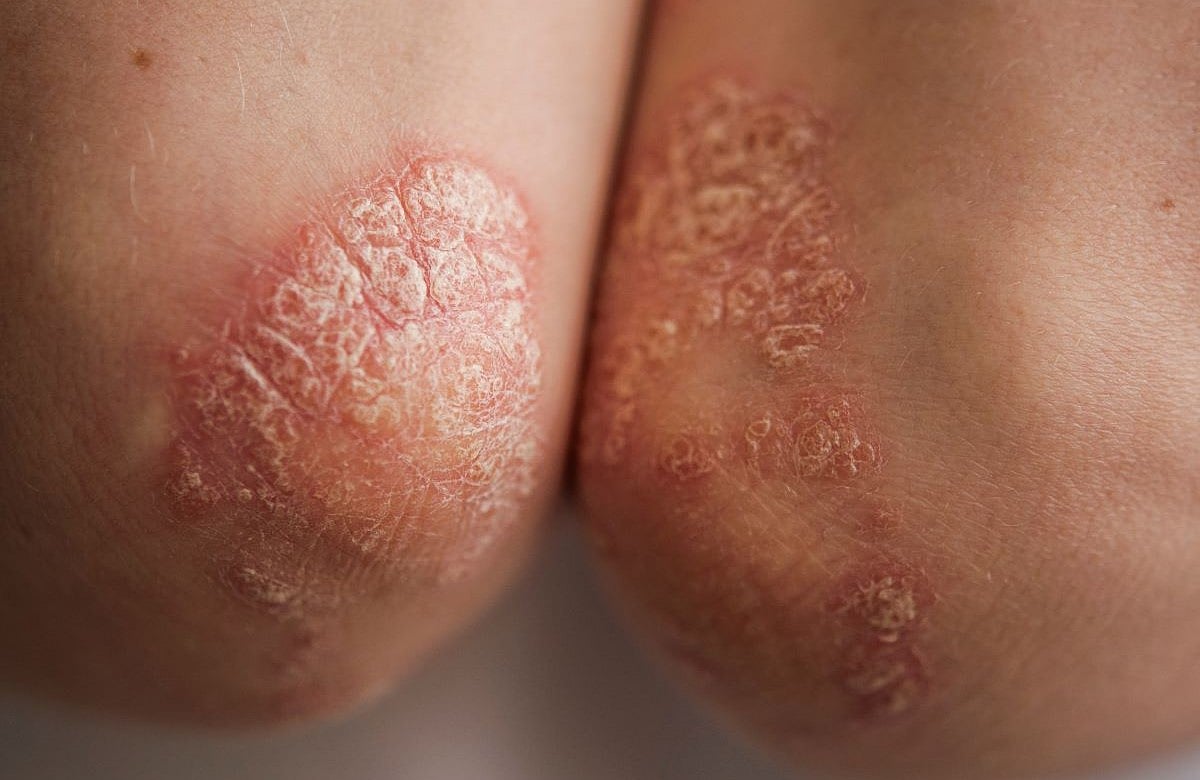Significant interaction seen for full psoriasis polygenic risk score with waist-to-hip ratio on psoriasis risk
By Elana Gotkine HealthDay Reporter
TUESDAY, June 3, 2025 (HealthDay News) — Central adiposity measures are strongly associated with psoriasis risk, with a stronger association in women, according to a research letter published online May 27 in the Journal of Investigative Dermatology.
Ravi Ramessur, B.M.B.Sc., from King’s College London, and colleagues analyzed data from 336,806 participants in the U.K. Biobank of White British ancestry, including 9,305 with psoriasis, to describe and quantify patterns of adiposity associated with psoriasis. Twenty-five adiposity measures were assessed. To examine how measures conferring the greatest risk for psoriasis relate to genetic determinants of disease, interaction testing was conducted between adiposity measures and psoriasis polygenic risk scores (PRSs).
The researchers found that central adiposity measures, including waist-to-hip ratio, abdominal fat ratio, total abdominal adipose tissue index, and waist circumference were four of the five measures with the largest effect size for association with psoriasis. Of the total adiposity measures, percentage body fat was associated with psoriasis with the largest effect size. In women, the relationship between central adiposity and psoriasis was particularly pronounced. There was a significant interaction between the full psoriasis PRS and waist-to-hip ratio on psoriasis risk. When HLA-C*06:02 was excluded from the PRS, the interaction effect was no longer significant. Waist-to-hip ratio was associated with psoriasis, with a larger effect size in HLA-C*06:02-negative versus HLA-C*06:02-positive individuals.
“Our research shows that where fat is stored in the body matters when it comes to psoriasis risk,” Ramessur said in a statement. “Central fat — especially around the waist — seems to play a key role. This has important implications for how we identify individuals who may be more likely to develop psoriasis or experience more severe disease, and how we approach prevention and treatment strategies.”
Several authors disclosed ties to the biopharmaceutical industry.
Copyright © 2025 HealthDay. All rights reserved.








